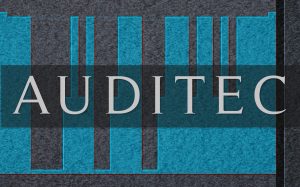Researchers recommend hearing professionals use both verbal and nonverbal testing to evaluate patients. Nonverbal testing is especially useful when testing patients: 1) who do not use English as a first language, 2) who have language limitations due to hearing impairment, or 3) who use cochlear implants. Auditec offers a variety of nonverbal tests to suit the unique needs of hearing professionals around the world.
The Sound Effects Recognition Test (SERT) is a picture pointing test that uses sounds like a barking dog, whistling, or a vacuum. It includes instructions and normative data for ages 3-6 as well as the audio CD and the corresponding picture book.
Hearing professionals who are testing adults may find Environmental Sounds (also known as Forty Familiar Sounds) a beneficial test to add to their battery. This recording includes sounds like: bowling, roller coaster, and a babbling brook. A similar recording called Filtered Environmental Sounds includes those sounds at specified frequencies. These recordings can be employed as the hearing professional sees fit. No normative data or instructions are included; however, a sounds list is included.
Nonverbal tests play a key role in auditory processing. Auditec offers the Random Gap Detection Test, Gaps In Noise, Pitch Pattern Sequence, Duration Pattern Sequence, and Masking Level Difference-Tone Version to audiologists all over the world. Instructions and score forms (in English) are included with the audio CD purchase.
Minimizing the language barrier in auditory testing opens up a whole new world for hearing professionals to understand the limitations of hearing and processing of their patients. Nonverbal tests can be valuable tools to help hearing professionals identify hearing problems and diagnose disorders. Whether testing children or adults for either auditory discrimination or auditory processing, Auditec offers nonverbal tests for professionals with even difficult-to-test patients.
